Basics
Top 10 Topics to Cover During an ISO 9001 Manufacturing Audit
Take a look at this practical hands-on approach to conducting a quality audit.
Read MoreHow to Use Hot Runner Balance in Mold Qualification
If you are interested in the impact of system and hot runner balance on part quality, the causes of unbalanced hot runner systems and short shot parts, the procedure for measuring system balance and the impact of application specifics on system and hot runner balance expectations, then tune into this on-demand webinar.
Read MoreMMT Chats: What Exactly Is a Fractional CFO and How Do I Hire One? Part 2
MMT Editorial Director Christina Fuges discusses exactly how a Fractional Chief Financial Officer (CFO) can empower small business owners to overcome the complexities of financial management.
WatchHow to Polish Ribs for Proper Part Release
Using the right tools and abrasives is essential to polish a mold to the required final finish.
Read MoreMMT Chats: The Hidden Obstacles Holding Your Business Back (and You Don't Even Know It) Part 1
MMT Editorial Director Christina Fuges gets the personal stories of two small to mid-sized manufacturers who discovered how to unleash the hidden potential of their shops and pave the way for financial growth and long-term success.
WatchHow to Determine the Proper Vent Depth
Vent depth is critical to optimizing mold performance, so here is one approach to finding that elusive right number.
Read MoreHow to Manage Wall Thickness Changes in Your Mold Design
To ensure even filling and cooling, consider wall section transitions, corners and fillets, ribs and bosses, lip and rim designs and CAE flow simulation software.
Read MoreLine Width vs. Depth Ratio in Laser Engraving
A laser does not produce 90-degree sidewalls. It requires a certain amount of draft in order to produce the required pattern.
Read MoreUnderstanding the Elusive Nature of Mold Ventilation
A personal journey of lessons learned about the challenges of poorly designed, understood and executed mold venting.
Read MoreIt Starts With the Part: A Plastic Part Checklist Ensures Good Mold Design
All successful mold build projects start with examining the part to be molded to ensure it is moldable and will meet the customers' production objectives.
Watch

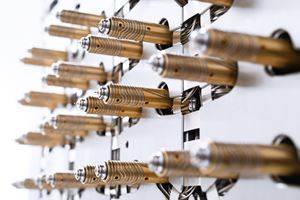

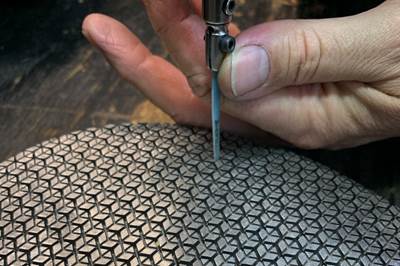

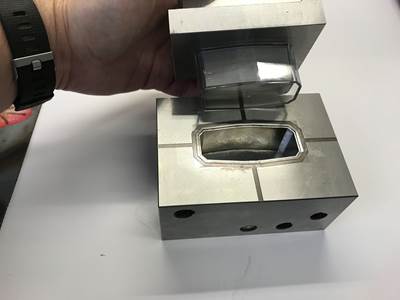
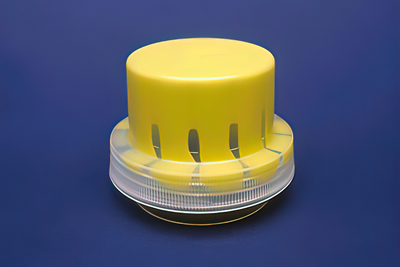


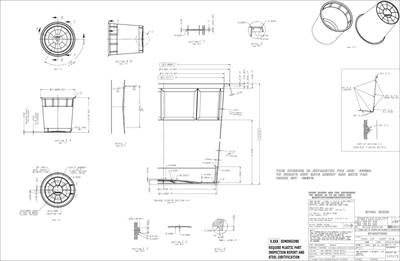


.jpg;maxWidth=300;quality=90)





.jpg;maxWidth=970;quality=90)